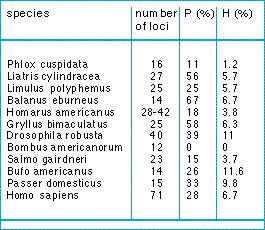Molecular evolution and neutral theory - What were Kimura's arguments for neutralism?

Kimura's second argument
Kimura's second thrust was to argue that the degree of genetic variation in populations was too high to be explained by natural selection, because the implied segregational load would be too high.
Gel electrophoresis revealed a large amount of protein variation in natural populations. In a fruitfly, an approximate figure for the percentage of loci that are polymorphic may be around 30% and the average heterozygosity is about 10%.
The question is whether the selective and neutral theories can account for this degree of variation?
At the time the controversy began, heterozygous advantage was thought to be the only general explanation of polymorphism. Dobzhansky had previously suggested that there are a large number of selectively maintained polymorphisms in natural populations. For one or two loci, the idea is plausible. However, for larger numbers of loci it soon runs into the problem of segregational load.
Table: amount of variation in natural populations. Variation can be measured as percentage of polymorphic loci (P) and average percentage heterozygosity per individual (H). Also given is the number of gene loci used to estimate P and H. From Nevo (1988).
| Next |



